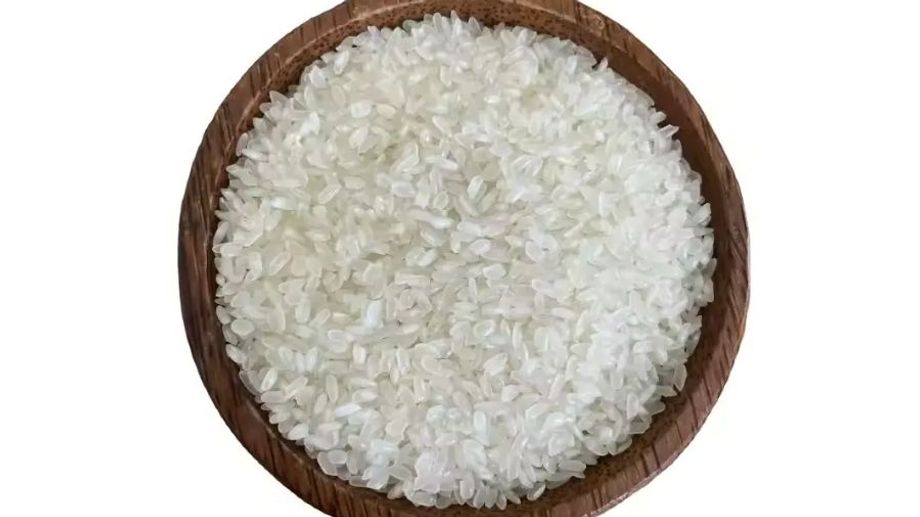What Is Vietnamese Japonica Rice? Comparison with Other Types of Rice

Mục lục
Vietnamese Japonica rice is a distinctive variety cherished for its unique texture, flavor, and culinary versatility. While Vietnam is widely known for its aromatic jasmine rice and other long grain varieties, Japonica rice stands out due to its short, round grains and sticky texture. This article explores what Vietnamese Japonica rice is, its characteristics, and how it compares with other rice types.
Understanding Vietnamese Japonica Rice
Japonica rice, often called short-grain rice, is characterized by its plump, round grains and sticky texture when cooked. In Vietnam, Japonica rice is cultivated mainly in the northern mountainous regions and some cooler climates, where environmental conditions favor this rice type.
Key Features of Vietnamese Japonica Rice
- Grain Shape: Short, round, and almost oval-shaped grains.
- Texture: Highly sticky and chewy once cooked, making it ideal for dishes requiring cohesion.
- Appearance: Typically has a translucent, glossy look after cooking.
- Flavor: Mild and slightly sweet, allowing it to blend well with various ingredients.
- Nutritional Profile: Offers a good source of carbohydrates, moderate protein, and essential nutrients.
Cultivation of Vietnamese Japonica Rice
Unlike long grain rice grown in the Mekong Delta, Vietnamese Japonica rice thrives in the cooler northern uplands.
- Climate: Cooler temperatures and higher altitudes support Japonica growth.
- Soil: Fertile mountain soils with adequate moisture.
- Farming Practices: Small-scale and traditional farming dominate, with careful attention to water management.
Comparison with Other Types of Rice
Understanding Vietnamese Japonica rice’s unique qualities requires comparing it with other popular rice varieties.
1. Vietnamese Japonica Rice vs. Vietnamese Jasmine Rice
- Grain Size and Shape: Japonica rice is short and round; jasmine rice is long and slender.
- Texture: Japonica rice is sticky and chewy; jasmine rice is fluffy and slightly sticky.
- Aroma: Jasmine rice is aromatic; Japonica rice has a mild scent.
- Culinary Use: Japonica rice is favored for sticky rice dishes and sushi-style meals; jasmine rice is used in steamed rice and fried rice.
2. Vietnamese Japonica Rice vs. Basmati Rice
- Grain Length: Basmati grains are long and thin; Japonica grains are short and round.
- Texture: Basmati is fluffy and dry; Japonica is sticky and moist.
- Aroma: Basmati has a nutty fragrance; Japonica’s aroma is mild.
- Usage: Basmati suits Indian and Middle Eastern dishes; Japonica suits East Asian and sticky rice preparations.
3. Vietnamese Japonica Rice vs. Regular Long Grain Rice
- Shape and Texture: Long grain rice cooks fluffy and separate; Japonica is sticky.
- Flavor: Long grain rice is neutral; Japonica has a subtle sweetness.
- Preferred Dishes: Long grain rice is everyday staple; Japonica rice is for special sticky rice dishes.
4. Vietnamese Japonica Rice vs. Brown Rice
- Processing: Brown rice retains bran and germ; Japonica is usually polished white rice.
- Nutritional Content: Brown rice is higher in fiber and nutrients.
- Texture and Aroma: Japonica is sticky and mild; brown rice is chewy and nutty.
Culinary Uses of Vietnamese Japonica Rice
The sticky texture and mild flavor of Vietnamese Japonica rice make it suitable for various traditional and modern dishes:
- Sticky Rice Dishes: Popular in northern Vietnam for festive and daily meals.
- Rice Cakes: Used in making bánh chưng, bánh tét, and other traditional treats.
- Sushi and Rice Balls: Its stickiness helps rice hold shape.
- Rice Porridge: Produces creamy, smooth texture.
- Desserts: Sweet rice cakes and puddings often use Japonica rice.
Cooking Tips for Vietnamese Japonica Rice
- Rinse gently to remove surface starch without washing away aroma.
- Use slightly less water than with long grain rice, around 1:1.2 ratio.
- Soak for 30 minutes to enhance stickiness.
- Steam rather than boil for authentic texture.
- Avoid stirring during cooking to preserve grain integrity.
Conclusion
Vietnamese Japonica rice offers a distinct alternative to the country’s more famous long grain varieties. Its sticky texture, mild flavor, and versatility make it an essential ingredient in many traditional Vietnamese dishes, particularly in the northern regions. When compared with jasmine, basmati, and other rice types, Japonica rice’s unique properties cater to specific culinary needs and preferences.
Whether used in sticky rice celebrations or modern recipes, Vietnamese Japonica rice continues to enrich the diversity of Vietnam’s rich rice heritage.
Learn more: Japonica Rice